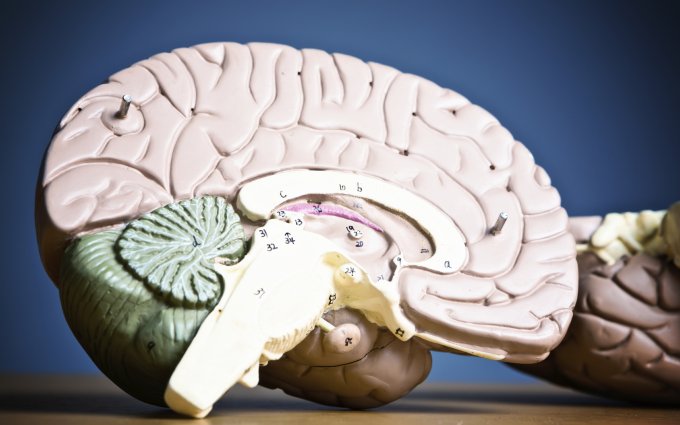11/24/2015

A diffuse axonal injury (DAI) is a type of traumatic brain injury (TBI) that results from shearing mechanism on the brain cells where brain tissue slides over each other from rapid deceleration/acceleration effects. This is quite different from the traditional blow-to-the-head injury which tends to be associated with more focal brain contusions.
With diffuse axonal injury, there is extensive axonal or white matter injury with numerous micro-tears and swollen areas on nerve tracks that disrupt the messages the nerve cells send back and forth. This can result in loss of movement, speech and even basic life function.
So, what are some of the causes and symptoms of a diffuse axonal injury, and more importantly, how can they be treated to mitigate poor outcomes?
There are a few different types of events that may cause a diffuse axonal injury:
The main presenting symptom of a severe diffuse axonal injury is unconsciousness or profound coma. An injured worker may be unconscious for a brief period of time or may fall into a coma or vegetative state. However, one does not have to lose consciousness at the time of the brain injury event to subsequently experience or suffer from diffuse axonal injury or show other symptoms or signs of brain damage like confusion and disorientation.
The ability to recover from a diffuse axonal injury depends on the severity of the injury itself. There are times when the injury is so severe that the injured person never regains consciousness. However, in less severe cases, the patient may make a full recovery.
As with most injuries and illnesses, the sooner medical professionals are involved in treating a diffuse axonal injury, the better the prognosis. The first step is to reduce the swelling of the brain and monitor the injured worker. Once the injured worker is stabilized, a variety of medical professionals will need to work together to create a comprehensive treatment plan, which may include therapeutic modalities such as:
By having the right team of professionals working together on a comprehensive treatment plan, there is hope for those suffering from a diffuse axonal injury. For more information on this and other forms of traumatic brain injury, along with potential treatment plans, be sure to visit our website or talk to one of our experienced clinical team members.